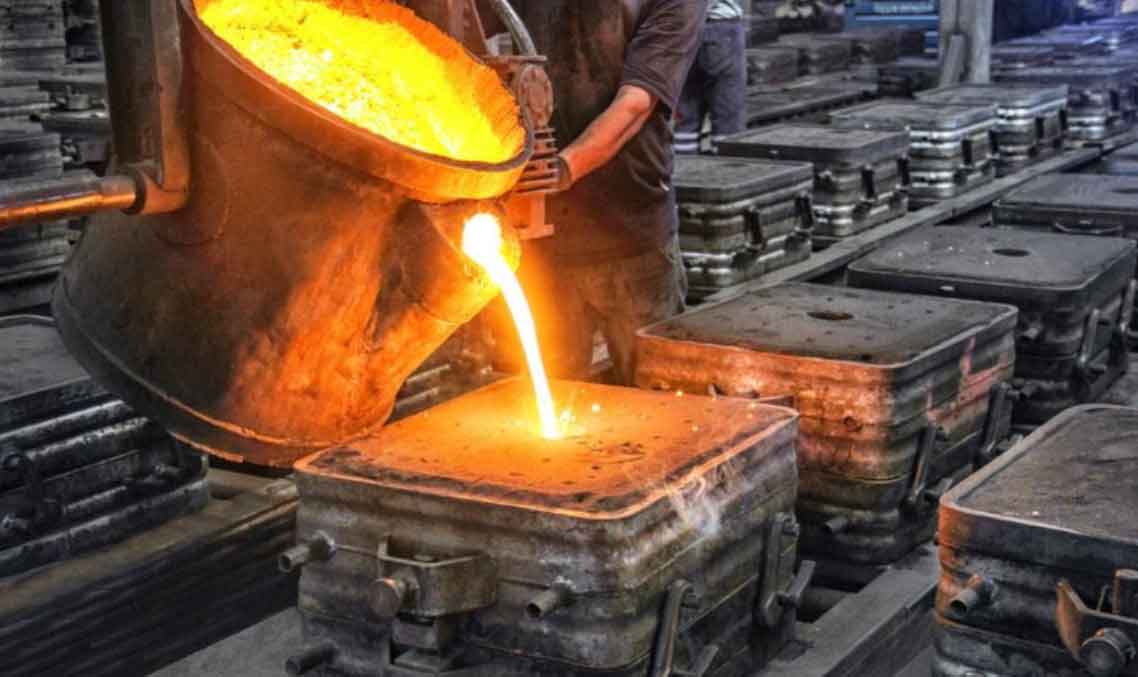Sand casting has found its way into the world of architecture, offering a traditional yet versatile method for shaping unique creations that blend artistry with functionality. Here’s how sand casting is making an impact in the field of architecture:

- Custom Architectural Elements: Sand casting allows architects to design and fabricate custom architectural elements, such as ornate columns, intricate balustrades, decorative facades, and artistic sculptures. These elements add a distinct character to buildings, reflecting the vision and creativity of the architect.
- Heritage Restoration: Sand casting is frequently used in the restoration and preservation of historical and heritage buildings. Architects can reproduce intricate architectural features and decorative details that may not be readily available through other manufacturing methods, ensuring historical accuracy and maintaining the building’s original charm.
- One-of-a-Kind Pieces: Sand casting provides the opportunity to create one-of-a-kind pieces that add a sense of exclusivity to architectural designs. Whether it’s a unique door handle, a bespoke light fixture, or a personalized wall ornament, sand casting enables the realization of individualized design elements.
- Sculptural Elements: Architects can leverage sand casting to incorporate sculptural elements into building designs, blurring the lines between architecture and art. These sculptural features can serve as focal points, elevating the aesthetic appeal of the structure and creating a lasting impression.
- Integration of Functionality and Aesthetics: Sand casting allows architects to seamlessly integrate functional and decorative elements. For instance, handrails and balustrades can be cast with intricate patterns, combining safety with visual appeal.
- Sustainable Design: Architects can explore sustainable design principles by using eco-friendly materials and optimizing component designs to minimize material waste. Sand casting aligns well with sustainable architecture practices, as it offers the possibility of using recycled metals and minimizing the environmental impact.
- Large-Scale Art Installations: Sand casting’s ability to produce large and robust components makes it suitable for large-scale art installations in public spaces. These installations can become landmarks that contribute to the identity of a city or community.
- Cultural Representation: Sand casting allows architects to incorporate cultural and historical references into their designs. By including traditional motifs and symbols in architectural elements, buildings can serve as cultural landmarks that celebrate local heritage.
- Collaboration with Artisans: Sand casting often involves collaboration between architects and skilled artisans and craftsmen. This collaboration fosters a deep appreciation for the craftsmanship involved in the casting process and promotes the preservation of traditional artisanal skills.
- Unique Textures and Finishes: Sand casting offers architects the opportunity to experiment with different textures and finishes on metal surfaces. This opens up possibilities for creating visually interesting facades and unique interior features.
Sand casting plays a significant role in shaping unique architectural creations by enabling the fabrication of custom elements, heritage restoration, and integration of functionality with artistic expression. It not only adds visual appeal but also contributes to the cultural and historical significance of architectural designs. Through its traditional techniques and modern applications, sand casting continues to leave an indelible mark on the world of architecture.
